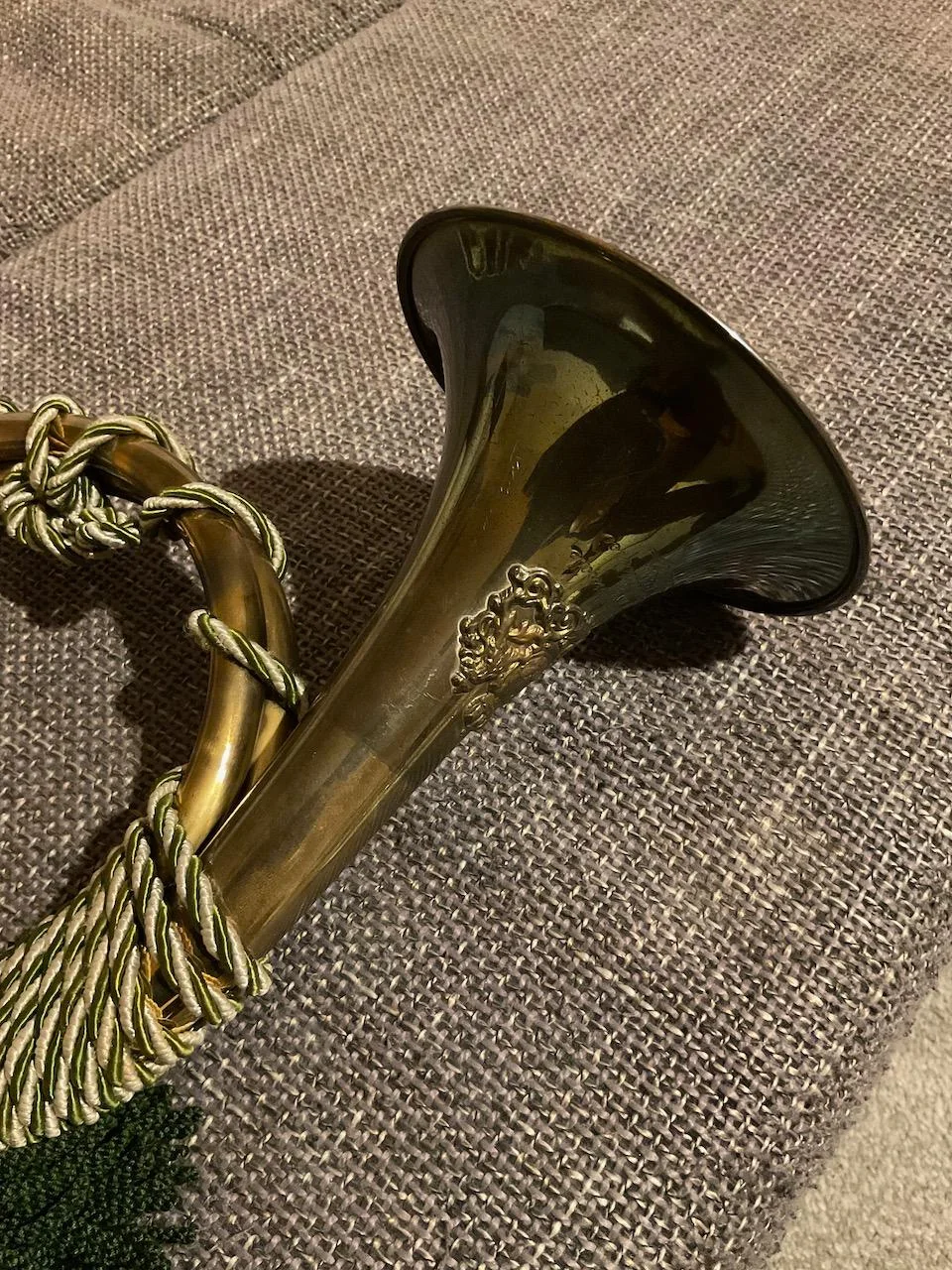Stamp: Jet Airplane overprint (Cinderellas 1994)
Jet Airplane overprint (Cinderellas 1994)
01 January (Cinderellas ) within release Russia : Franz Josef Land goes into circulation Stamp Jet Airplane overprint face value 164 Russian ruble
| Stamp Jet Airplane overprint in catalogues | |
|---|---|
| Colnect codes: | Col: RU-FL 1994-02/04 |
Stamp is vertical format.
Black overprint on Mi:SU 6025Also in the issue Russia : Franz Josef Land:
- Stamp - Jet Airplane overprint face value 76;
- Stamp - Jet Airplane overprint face value 93;
- Stamp - Jet Airplane overprint face value 123;
- Stamp - Jet Airplane overprint face value 164;
- Stamp - Jet Airplane overprint face value 111;
- Stamp - Jet Airplane overprint face value 220;
- Stamp - Jet Airplane overprint face value 247;
- Stamp - Jet Airplane overprint face value 285;
- Stamp - Jet Airplane overprint face value 198;
- Stamp - Jet Airplane overprint face value 315;
Stamp Jet Airplane overprint it reflects the thematic directions:
An aircraft (pl. aircraft) is a vehicle that is able to fly by gaining support from the air. It counters the force of gravity by using either static lift or the dynamic lift of an airfoil, or, in a few cases, direct downward thrust from its engines. Common examples of aircraft include airplanes, rotorcraft (including helicopters), airships (including blimps), gliders, paramotors, and hot air balloons.Part 1 (Definitions and Abbreviations) of Subchapter A of Chapter I of Title 14 of the U. S. Code of Federal Regulations states that aircraft "means a device that is used or intended to be used for flight in the air."
Aviation is the practical aspect or art of aeronautics, being the design, development, production, operation and use of aircraft, especially heavier than air aircraft. The word aviation was coined by French writer and former naval officer Gabriel La Landelle in 1863, from the verb avier (synonymous flying), itself derived from the Latin word avis ("bird") and the suffix -ation.
The horse (Equus ferus caballus) is one of two extant subspecies of Equus ferus. It is an odd-toed ungulate mammal belonging to the taxonomic family Equidae. The horse has evolved over the past 45 to 55 million years from a small multi-toed creature, Eohippus, into the large, single-toed animal of today. Humans began to domesticate horses around 4000 BC, and their domestication is believed to have been widespread by 3000 BC. Horses in the subspecies caballus are domesticated, although some domesticated populations live in the wild as feral horses. These feral populations are not true wild horses, as this term is used to describe horses that have never been domesticated, such as the endangered Przewalski's horse, a separate subspecies, and the only remaining true wild horse. There is an extensive, specialized vocabulary used to describe equine-related concepts, covering everything from anatomy to life stages, size, colors, markings, breeds, locomotion, and behavior.
The post horn is a valveless cylindrical brass instrument with a cupped mouthpiece. The instrument was used to signal the arrival or departure of a post rider or mail coach. It was used by postilions of the 18th and 19th centuries.
The mail or post is a system for physically transporting documents and other small packages; or, the postcards, letters, and parcels themselves. A postal service can be private or public, though many governments place restrictions on private systems. Since the mid-19th century national postal systems have generally been established as government monopolies with a fee on the article prepaid. Proof of payment is often in the form of adhesive postage stamps, but postage meters are also used for bulk mailing. Modern private postal systems are typically distinguished from national postal agencies by the names "courier" or "delivery service". Postal authorities often have functions other than transporting letters. In some countries, a postal, telegraph and telephone (PTT) service oversees the postal system, in addition to telephone and telegraph systems. Some countries' postal systems allow for savings accounts and handle applications for passports.





